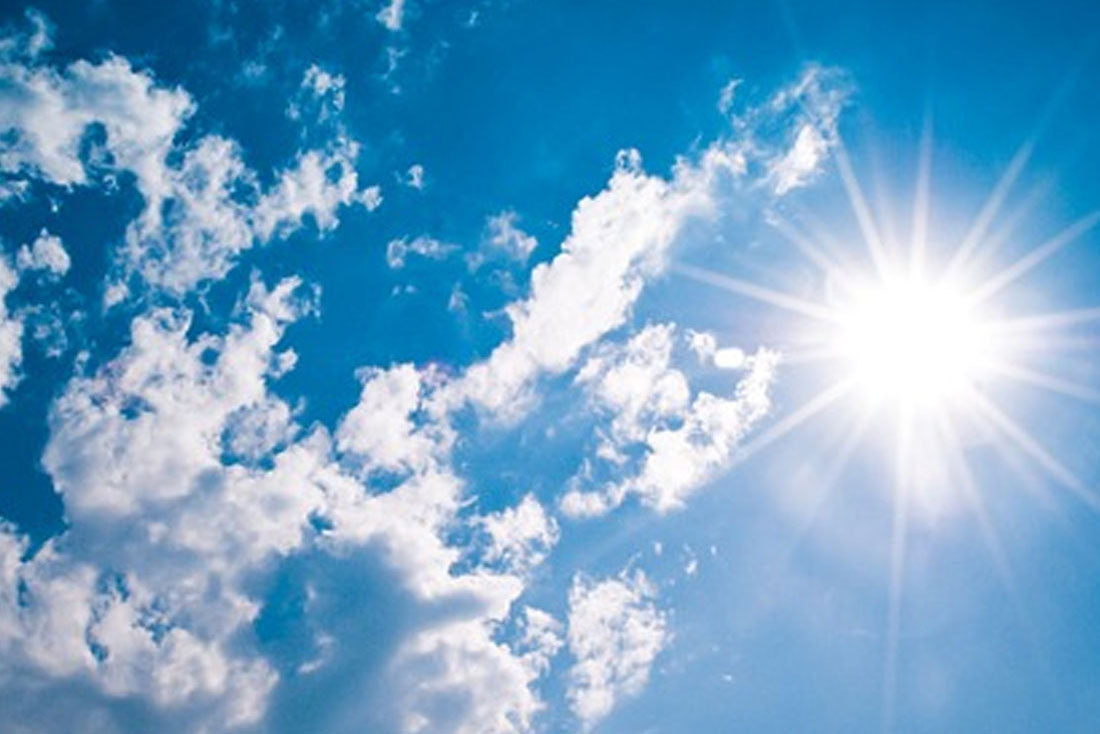UVA vs UVB


For a six billion year old star, the Sun is as relevant to our daily decisions as ever. Part of the reason we’re always talking about it is that for many people, the Sun remains as a source of uncertainty and confusion. At the center of this confusion is the role of Ultraviolet A (long wave UVA) and Ultraviolet B (Shortwave UVB) rays and what harmful impacts they can have on us. Our understanding of the kinds of damage caused and how to best protect ourselves seems to change each year as more research is conducted.
UV radiation is part of the electromagnetic light spectrum that travels from the sun and reaches Earth. It has wavelengths shorter than visible light, making it invisible to the naked eye. Both UVA and UVB penetrate the atmosphere and play a key role in conditions such as premature skin aging, eye damage and skin cancers. They also suppress the immune system, reducing your body’s ability to fight off these and other maladies.
Most people commonly know UVA rays as the active tanning agent that darkens the pigment of your skin when you chose to get some color. However, most of us have large amounts of exposure to UVA rays throughout our lifetime as they account for up to 95% of the UV radiation reaching Earth’s surface. Although they are less intense than UVB, UVA rays are 30-50 times more prevalent. They penetrate the skin more deeply than UVB rays and have long been known to play a major role in skin aging (photoaging). Despite that existing information, it has only been relatively recent that studies have begun to show that UVA rays damage skin cells called Keratinocytes in the basal layer of the Epidermis, where most skin cancers occur. UVA rays contribute and may even be the catalyst for the development of skin cancers.
Being the chief cause of skin reddening and sunburn, UVB rays get a bad rap and most of the attention, even though they tend to affect the superficial epidermal layers of the skin. However, UVB do in fact play a key role in the development of skin cancer and a contributory role in photoaging. Although UVB rays can damage your skin year-round their intensity varies by season, location and time of day. The most significant amount of UVB rays hit the U.S. between 10 am and 4 pm from April to October.


